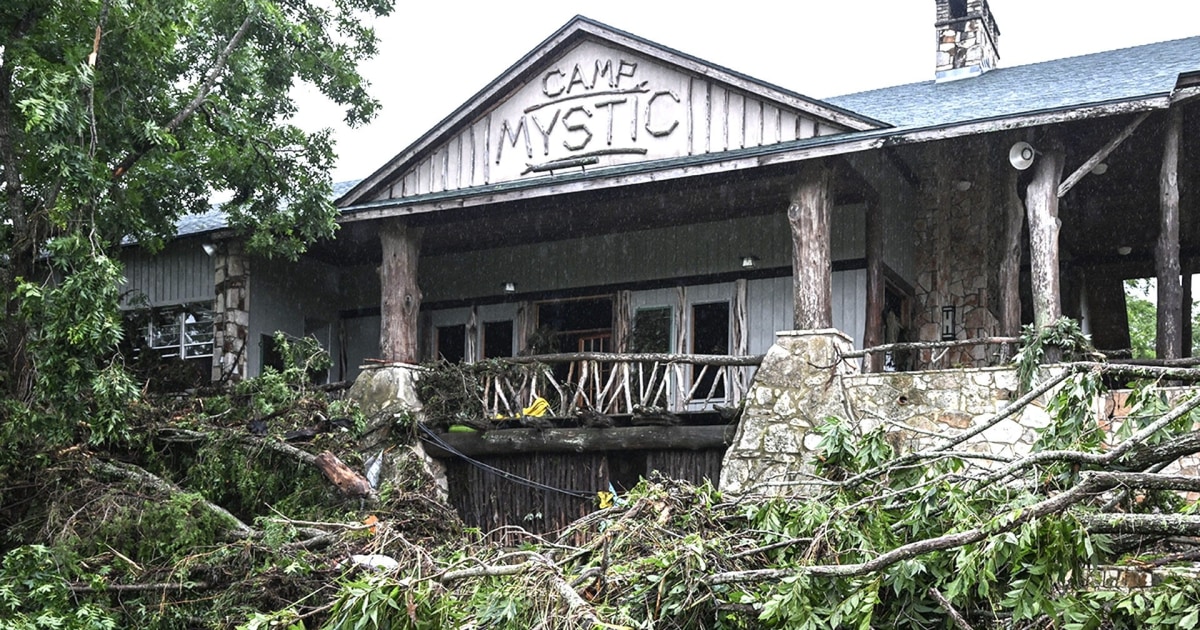Measles outbreaks continue to simmer and spread across the country, with cases now popping up quickly in Minnesota
Source link
Savewith a NBCUniversal ProfileCreate your free profile or log in to save this articleOct. 3, 2025, 5:00 AM EDTBy Erika EdwardsMeasles outbreaks continue to simmer and spread across the country, with cases now popping up quickly in Minnesota.On Wednesday, the Minnesota Department of Health alerted residents that it had confirmed 10 new cases since Monday, bringing the state’s tally so far this year to 18.“We have been worried about this all year,” said Dr. Chase Shutak, a pediatrician and medical director at Children’s Minnesota in Minneapolis. “When the outbreaks began in Texas, all of us anticipated that it would eventually work its way up into our state.”Shutak was referring to a massive measles outbreak in West Texas, which totaled 762 cases. Ninety-nine patients needed to be hospitalized as a result of the outbreak, and two young girls died. In Minnesota, as of Thursday afternoon one child had been hospitalized at Children’s Minnesota, a spokesperson said. Most of the Minnesota cases are among families who traveled within the U.S., according to the state’s health department. None of the children had received the measles-mumps-rubella (MMR) vaccine. It was unclear, however, whether the patients were old enough to qualify for the shots, usually given in two doses starting around age 1. Arizona, too, is dealing with a large, growing outbreak that has spread across the area bordering southwestern Utah. Fifty-nine cases have been confirmed in Arizona, with one hospitalization. Most cases are in Mohave County, located in the state’s far northwestern corner, bordering Utah. “You can safely say that we are actually a part of Northern Arizona’s outbreak,” said David Heaton, public information officer for the Southwest Utah Public Health Department. “There’s one town that straddles the state line, and all of our cases appear to be linked.”Forty-four measles cases have been identified in Utah, largely among unvaccinated young people. Five needed to be admitted to the hospital but have since recovered, Heaton said.If outbreaks continue around the country until the end of January, the United States will lose its status of having had eliminated measles 25 years ago. This week, the Centers for Disease Control and Prevention reported a total of 1,544 confirmed measles cases. Of those, just 21 cases were diagnosed in people visiting the U.S. from other countries. The government shutdown hasn’t affected the CDC’s monitoring of the ongoing measles spread, according to a person in leadership who was not authorized to speak to the media.Falling vaccination ratesA recent NBC News investigation found notable declines in childhood vaccination rates in more than three-quarters of counties and jurisdictions since 2019. And among states with data on kids who get the MMR vaccine, 67% don’t have enough coverage for herd immunity.




